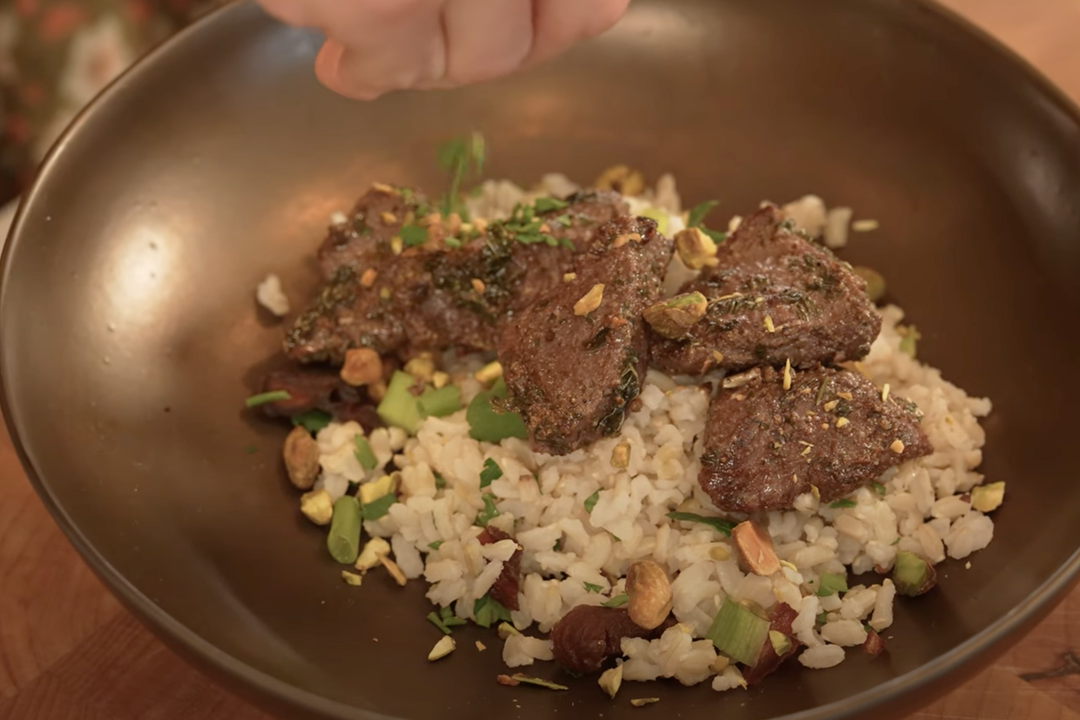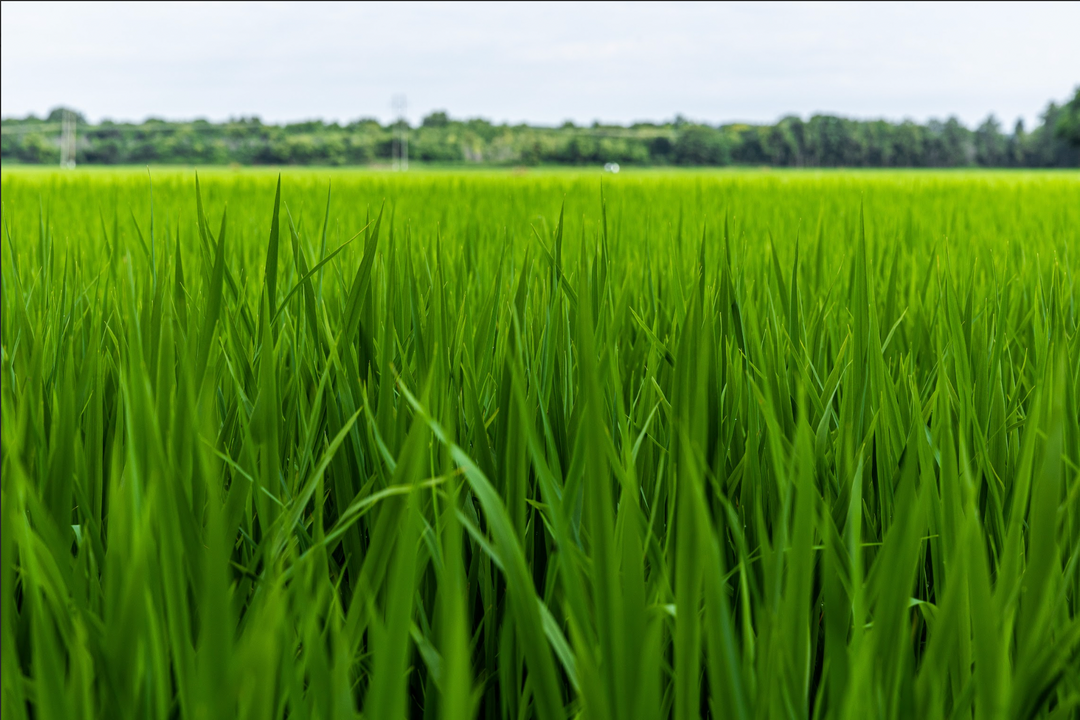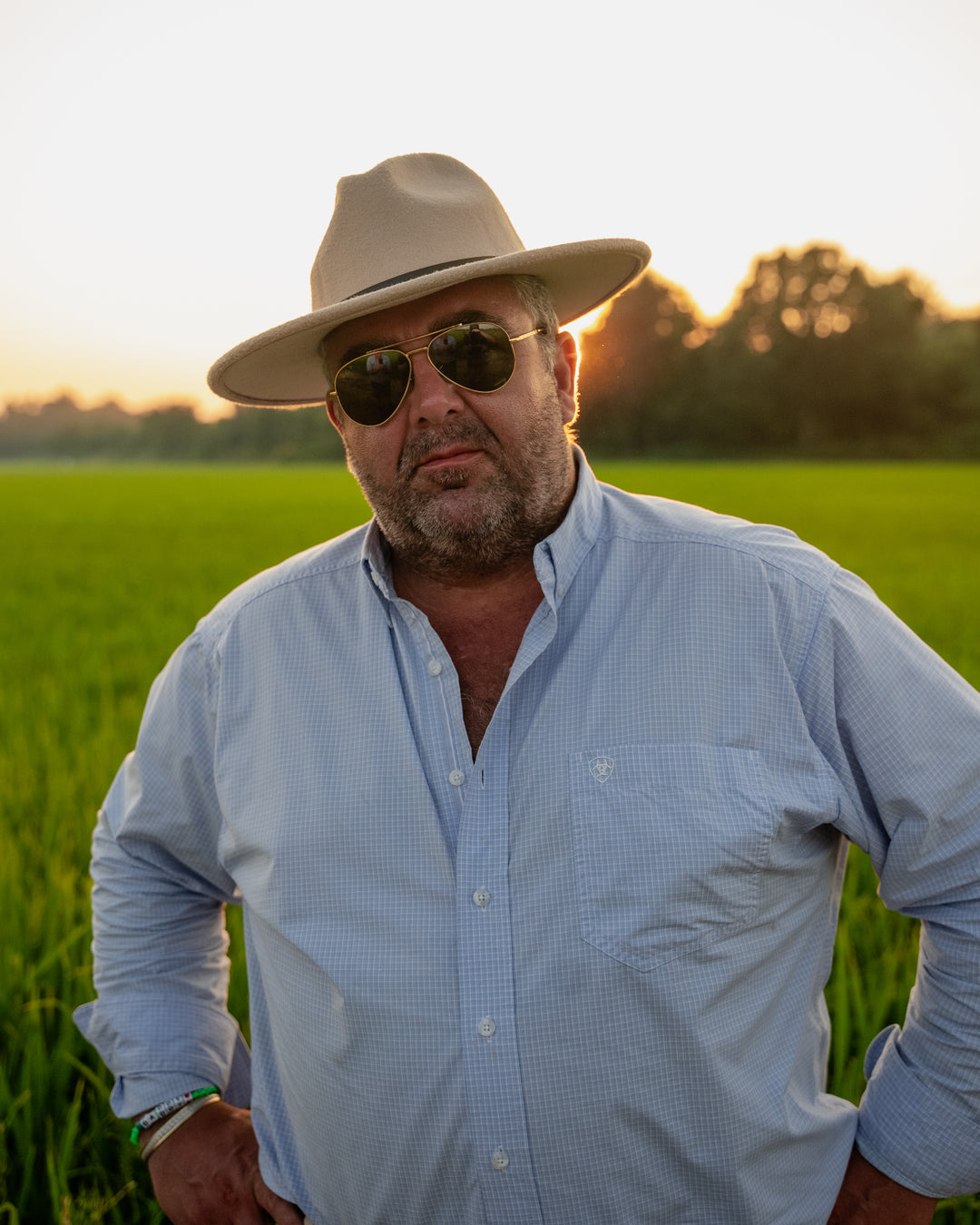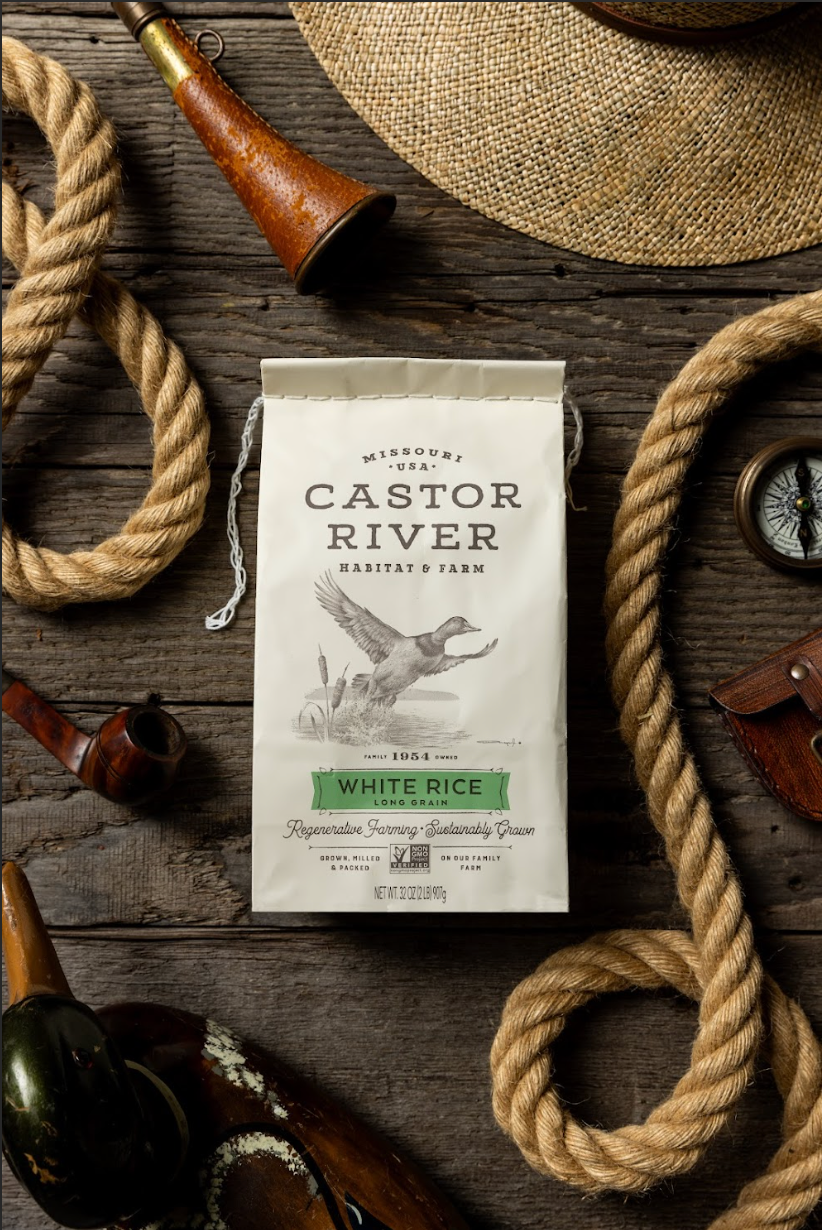How Cover Crops Restore Missouri Soil After Harvest
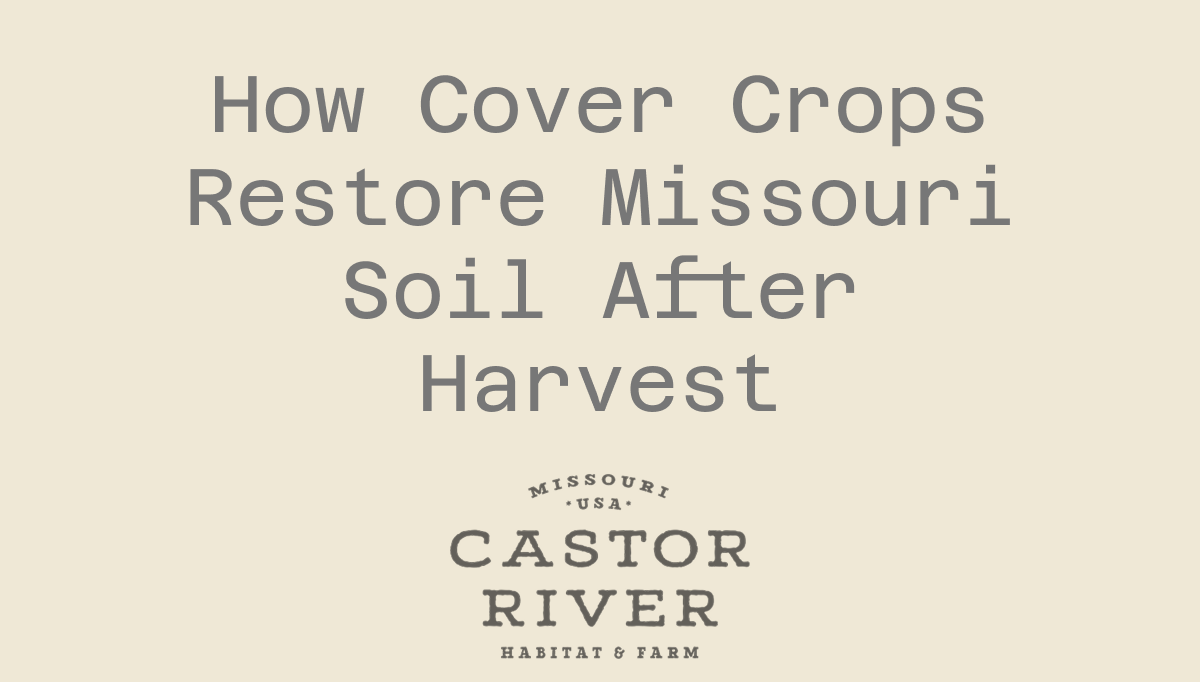
When harvest ends and the combines quiet down, the work doesn’t stop. For us, it’s when the real rebuilding begins. Beneath the golden fields of Missouri, life in the soil is just getting started again, and cover crops are the bridge between one season’s bounty and the next.
At Castor River Farms, we see this time not as an ending, but as an opportunity to give back to the ground that gives us everything.
A Living Blanket for the Soil
After the rice is harvested, the fields can look still: resting, almost bare. But uncovered soil is vulnerable. Wind and rain can erode what took generations to build. Nutrients can wash away before next year’s crops can use them.
That’s where cover crops come in. Think of them as the land’s natural blanket, keeping soil in place, roots alive, and life moving just below the surface. When we plant cover crops after harvest, we’re giving the soil what it needs to recover. Keeping roots alive, nutrients cycling, and life moving beneath the surface.
We’re feeding the soil’s ecosystem: the microbes, fungi, and earthworms that form the living network our crops depend on.
How They Heal the Land
Missouri’s soils are as diverse as its weather. Every acre responds differently, but every acre benefits from living roots in the ground.
Here’s how cover crops restore that balance:
-
They protect from erosion. Roots hold soil tight through winter rains and early spring storms. Each inch of rain that stays in the ground instead of running off helps rebuild topsoil.
-
They recycle nutrients. Cover crops act like sponges, capturing leftover nitrogen and phosphorus so they can be released slowly when the next crop starts growing.
-
They build structure. Deep-rooted plants like tillage radish break through compacted layers, letting air and water move freely again. Over time, this makes the ground softer, richer, and more resilient.
-
They feed soil life. Living roots leak carbon compounds that microbes thrive on. The more active those microbes are, the healthier and more balanced the soil becomes.
The result is simple but powerful: a healthier, more alive foundation for everything that follows.
Missouri Roots, Regenerative Results
Here in southeast Missouri, we’ve seen firsthand how cover crops transform a field over time. After harvest, we seed a blend that complements our soil type, often rye for protection and legumes for nitrogen.
Through the winter, that green cover might seem quiet, but beneath it, the soil is alive. Come spring, when we drain the fields and prepare for rice planting, that decomposed cover adds organic matter, retains moisture, and naturally suppresses weeds.
Each season builds on the last, and year after year, the soil gets darker, softer, and richer. That’s the promise of regenerative farming, giving more than we take.
A Cycle Worth Protecting
Healthy soil is our greatest inheritance. When we plant cover crops, we’re preserving a way of life. Missouri’s farmers have long known that the land rewards those who care for it, and modern science now proves what generations understood by instinct: the healthier the soil, the healthier everything grown from it.
Every harvest should leave the land stronger than before. Cover crops are one of the simplest, most powerful ways to make that happen.
Because when the soil thrives, everything else follows...the crop, the community, and the generations that depend on both.
Real Restoration Starts Beneath the Surface.
That’s why every seed we plant is part of a larger promise: to farm with the future in mind.





